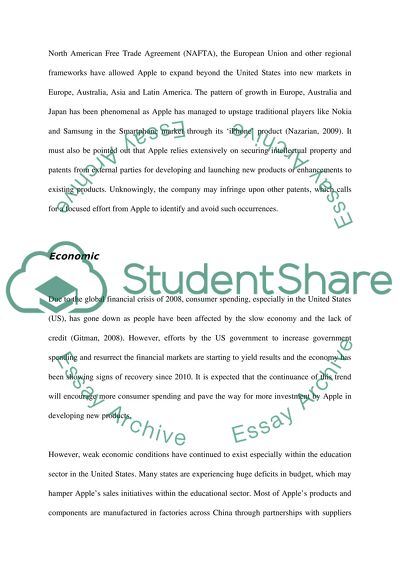Cite this document
(“Apple Company Business Environment Essay Example | Topics and Well Written Essays - 2750 words”, n.d.)
Retrieved from https://studentshare.org/environmental-studies/1405461-apple-company-business-environment
Retrieved from https://studentshare.org/environmental-studies/1405461-apple-company-business-environment
(Apple Company Business Environment Essay Example | Topics and Well Written Essays - 2750 Words)
https://studentshare.org/environmental-studies/1405461-apple-company-business-environment.
https://studentshare.org/environmental-studies/1405461-apple-company-business-environment.
“Apple Company Business Environment Essay Example | Topics and Well Written Essays - 2750 Words”, n.d. https://studentshare.org/environmental-studies/1405461-apple-company-business-environment.


